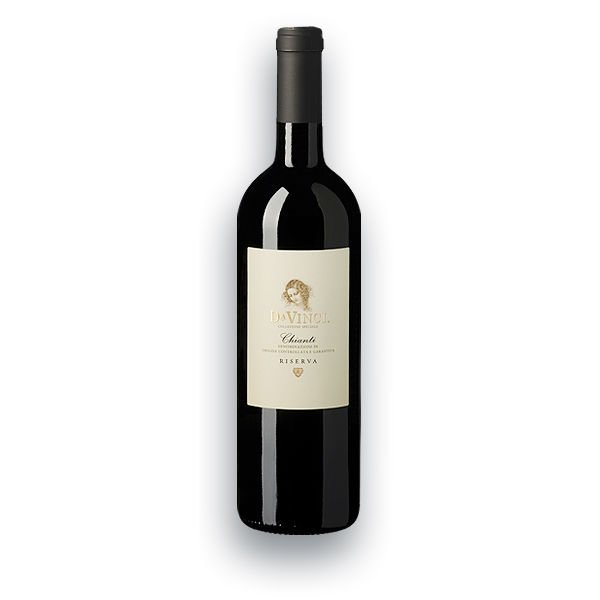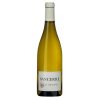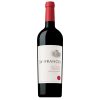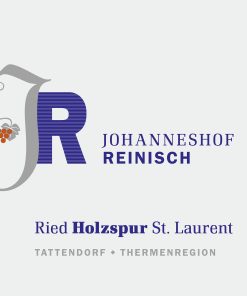2017 Da Vinci Chianti Riserva
2017 Da Vinci Chianti Riserva, Tuscany, Italy,
Chianti, situated in the region of Tuscany in central Italy, is home to probably the best-known of all Italian wine districts, closely associated with red wines based on the Sangiovese grape. A tasting of Chianti is characterized by red and black cherry characters, along with savory notes, wild herbs and spice, supported by racy acidity and well-structured tannins.
Chianti’s winemaking zone is located between the cities of Florence (to the north) and Siena (to the south), and stretches into these provinces plus Prato, Arezzo, Pistoia and Pisa. Its vineyards yield more than any other Italian DOC, producing 75 million litres (20 million gallons) per year.
Chianti Blend; refers to classic, long-established combination of wine grapes used in the wines of Chianti and other parts of Tuscany. The blend’s primary constituent is Tuscany’s favorite grape variety, Sangiovese. Chianti’s DOCG’s rules require a minimum 70 percent component. The figure rises to 75 for Chianti Colli Senesi, and 80 percent for Chianti Classico.This can be accompanied by small quantities of lesser-known Tuscan grape varieties Canaiolo, Colorino, Ciliegiolo and Mammolo. The typical wine made from this blend shows aromas of red fruits, violets, dried herbs and bitter cherries.
Cantine Leonardo da Vinci ; is a large cooperative winery in Tuscany. It makes wines in the Chianti and Montalcino areas, both made from Tuscany’s ubiquitous Sangiovese grape.
The cooperative was formed in 1961, with 30 members farming 70 hectares (173 acres) in Chianti. In 1988, Cantine Leonardo da Vinci acquired Fattoria di Montalbano, with its 80ha (200 acres) of vineyards, and in 1990, it absorbed the Cantina di Montalcino. Leonardo da Vinci is now part of the Caviro group, which also includes brands such as Tavernello and Cesari.
Today, there are 200 partner growers across the two regions, who farm 750ha (1853 acres) of vineyards. As is typical for most cooperative wineries, a team of agronomists advise the vineyard owners during the growing season, and they are paid according to the quality of fruit as well as the tonnage. The connection to Caviro also gives access to fruit from other parts of Italy.
Related products
95 Jeb Dunnuck | 93 James Suckling | 95 Robert Parker's
2020 Domaine des Lambrays Clos des Lambrays Grand Cru 2020 Domaine des Lambrays Clos des Lambrays Grand Cru, A fresh red, with black currant and black cherry flavors shaded by floral, iron, earth and spice elements. Fluid and on the elegant side, with a solid underlying framework of tannins. Turns a bit leaner on the [...]
Red Wine from Niederosterreich, Austria





